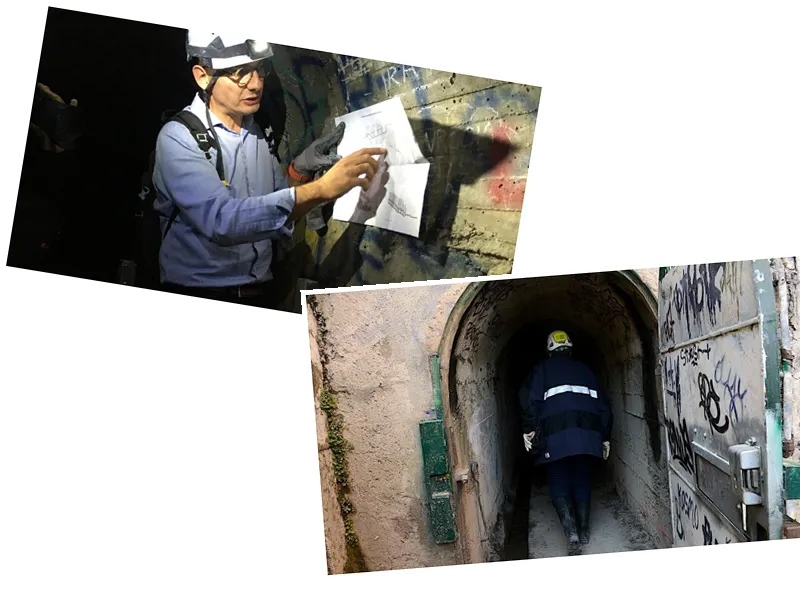Discovery of an Ancient Tomb Beneath Petra's Khazneh
In an extraordinary archaeological find, a team led by Dr. Pearce Paul Creasman has uncovered an ancient tomb beneath the iconic Khazneh, or the Treasury, in Petra, Jordan. This tomb, containing at least 12 human skeletons and artifacts dating back over 2,000 years, represents one of the most significant discoveries in the study of this ancient city. The excavation, which took place in August, was prompted by earlier findings of tombs beneath the left side of the Khazneh and was confirmed using advanced ground-penetrating radar technology. The discovery was featured in the season premiere of Discovery Channel's 'Expedition Unknown,' hosted by Josh Gates.
Insights into Nabataean Civilization
The intact burial found within the tomb offers a rare glimpse into the lives of the Nabataeans, a nomadic Arab tribe that flourished in the region from the 4th century B.C. to A.D. 106. Unlike many tombs in Petra that have been found empty or disturbed, this burial was preserved remarkably well, with the skeletons and funerary artifacts, including bronze, iron, and pottery, intact. According to Gates, this find is unprecedented in the 200 years of archaeological exploration in Petra, providing invaluable insights into ancient burial practices and societal structures. Notably, the tomb may have held significant individuals, as indicated by its privileged location at the entrance to the city.
The Legacy of Petra and Its Mysteries
Petra, a UNESCO World Heritage site and one of the New Seven Wonders of the World, continues to captivate historians and tourists alike. Its stunning architecture and rich history, including its portrayal in popular films like 'Indiana Jones and the Last Crusade,' draw hundreds of thousands of visitors each year. While the purpose of the Khazneh remains debated, it is widely believed to have served as a mausoleum. The recent discovery has reignited interest in the mysteries of Petra, as researchers aim to analyze the skeletons to uncover more about the individuals buried there, their diets, and their social status within Nabataean society.





